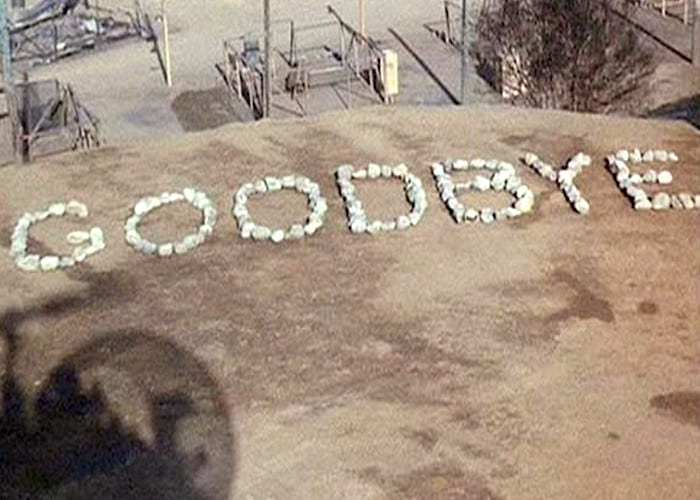
19.3 million people watched the finale of Game of Thrones.
10.3 million watched the finale of Breaking Bad.
9.5 million watched the Sopronos finale.
These numbers seem really big, but were they actually that big for TV show standards?
52.5 million people watched the finale of Friends.
76.3 million watched the finale of Seinfeld.
78 million watched the finale of the Fugitive.
80.4 million watched the finale of Cheers.
106 million watched the finale of MASH.
To show why this is amusing, the final season of Friends had a budget of 10 million dollars per episode, with 60% of that going to the cast. That budget would adjusted for inflation be about 15 million today, with 18 episodes in the final season. That puts the cost today at around 270 million and 180 million in 2004.
House of the Dragon which came out this year had a budget of 20 million per episode, coming to a season one cost of 200 million dollars.
10 million people watched the premiere of House of the Dragon.
9.3 million watched the season finale.
That’s obviously very good, but comparing it to a show like Friends, with a smaller budget that in the final season was average over 30 million views an episode and over 50 million on finale, does it actually make sense?
There’s been this very negative feeling about streaming services for a while, claiming they produce expensive shows, but they don’t get views.
Netflix in 2019 was an example of this.
18% of all views came from the Office and Friends, which were at the time more than all the Netflix originals combined. To just put a perspective on that, Netflix had Friends for five years at a 100 million dollar cost “20 million a year”.
Marco Polo which Netflix produced in 2014 was the most expensive show ever at the time, costing 200 million dollars for a ten episode season one. It wasn’t a success, meaning Friends, which got over 100x the views cost half the budget just on the first season.
A lot of people have cited a mix of these numbers to say streaming is going to have serious issues long term, but here’s why that’s likely not the case.
House of the Dragon averaged 9-10 million viewers in the first week, but it was reported that adding in people watching after that point had the show average 29 million viewers per episode.
This is a clear gap between the models of streaming and cable being missed in the statistic.
If someone missed the finale to Friends or MASH, the hope was waiting for a rerun hopefully in the next week. If that didn’t happen, it’ll just not be seen anytime soon. Today, people can just watch whenever, so unless someone is a die hard fan, there’s no urgency to watch a show that day, week, month or even year. Why many shows such as Daredevil get random surges, where in 2021, more people watched Daredevil over when it came out in 2015.
The other factor is abundance, where for decades, producers worked extremely weird deals to get shows fixed into syndication.
Saved by the Bell made it to 86 episodes, but producers needed 100 for syndication.
During the final season, they made six low budget episodes to increase the number and didn’t even contract Elizabeth Berkeley or Tiffani Thiesson, hiring a random actress to be in the series briefly to fill the void.
They still couldn’t hit the 100 number, so they bought the rights to the Disney series “Good Morning, Miss Bliss”, which was the series before Saved By The Bell, but had some of the same cast. They put those episodes as part of Saved by the Bell, having the main character Zach Morris introduce each one for it to make sense.
Which even after all that, it still wasn’t enough, so they created a sequel college series that failed, but they put those into Saved by the Bell and it gave them just enough episodes.
Long tangent on that, but just a crazy example about how producers were fixated on syndication.
That was pre streaming, but today every second is syndication, which means newer shows/movies don’t have the 7 pm time slot anymore and instead have to constantly compete with every great movie/show made at all times.
So what’s the point of writing all this?
Not really a huge one, but just something that annoys me, whenever I see some article saying these new shows aren’t successful, comparing them MASH, which ended in an era of three channels.
Comparing MASH finale viewership with today shows' viewership is comparing apples to oranges. Until late 1970s or early 1980s, each episode was to be watched in real time, because the only alternative was to spend years waiting for rerun. Furthermore, choice of what to watch was very limited (only three major networks in USA and even fewer in other countries).
Numbers reached by MASH became impossible to reach for every show produced in time when VCRs (which allowed for later viewing) became widely available.